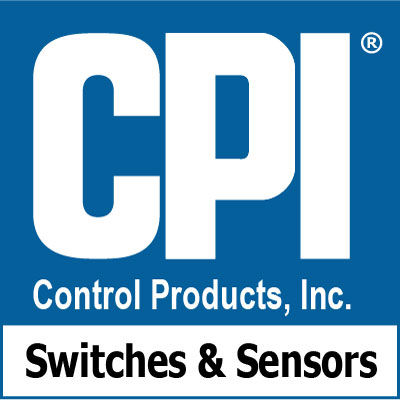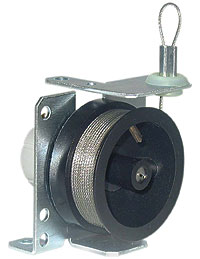For many years, hydraulic cylinder manufacturers were forced to forgo accurate, robust hydraulic cylinder position measurement on the largest, most powerful hydraulic systems: you know, the place where it’s needed most?
Since these systems are typically operating outdoors, under extremely high pressure, vibration, and temperatures, existing technologies like magnetostrictive sensors had too many inherent design flaws related to the length of the waveguide, the invasive nature of the installation, and EMI interference, to be at all reliable in these applications. Old fashioned string pot sensors were better in some regards but lacked the accuracy and longevity required for reasonable control system management and field durability.
Enter the CPI SL Series LVDT based Linear Position Sensors
Utilizing the best of both draw wire and LVDT technology, CPI created something new. The CPI position sensor was suddenly capable of managing long stroke lengths, telescoping hydraulic cylinders, under extremely high pressure and vibration, while almost doubling the operating temperature range of many existing sensors.
Characteristics of the CPI Linear Position Sensor include
- Support for Stroke Lengths up to 10 meters or more
- Support for telescoping hydraulics
- Completely submersible
- Able to operate on the oil or gas side of a cylinder
- Able to operate internal or external to the cylinder
- Accuracy to 1mm
- Extended temperature range to 300F
- Immunity to EMI and Vibration
- Absolute position reporting signals, no need to establish zero on startup.
And if that wasn’t enough, the CPI series was also designed to be a drop-in replacement for any magnetostrictive sensor implementation. Essentially it reuses the cylinder bore left behind by the failed magnetostrictive sensor, while providing identical interface electronics including absolute position measurement.
Is Your Application Tough Enough For our Sensor?
Our position sensor technology is positioned to excel in applications of the most critical, most environmentally challenging arena’s.
- Steel Fabrication – Rolling mills need high accuracy but also experience high temperature, shock, and vibration, a perfect application of our sealed sensor array.
- Large Gas/Steam Turbine valves – Our LVDT based sensors are often selected because of their high temperature ratings and our ability to meet hazardous area approval standards.
- Hydraulic Accumulator Potential Sensing – Our sensor is one of the few that can be used to reliably measure pre-charge pressure in a hydraulic accumulator. Of great interest to large scale mining and offshore drilling operators who are managing critical systems on the sea bed.
- Platform hydraulics – The kind of gigantic cylinders used to stablilize land and sea based platforms benefit from our long stroke length capability and extreme durability.
- Automated Rudder Control – When Lockeed Martin needed better rudder position sensing for their Sea Slice Naval Interdiction vehicle, it was the SL Series Sensor that steered the ship.
About CPI Hydraulic System Position Sensor Technology
Building on its long history of providing robust thermal and waterproof switches, CPI developed and patented its first version of its proprietary linear position sensor almost 20 years ago. In that time CPI has remained focused on the needs of large scale, extreme environment hydraulic cylinder manufacturers and has successfully deployed their sensors in hundreds of applications across many industries.
For more information visit CPI at http://www.cpi-nj.com.
This blog was originally published on our website at http://www.cpi-nj.com.

